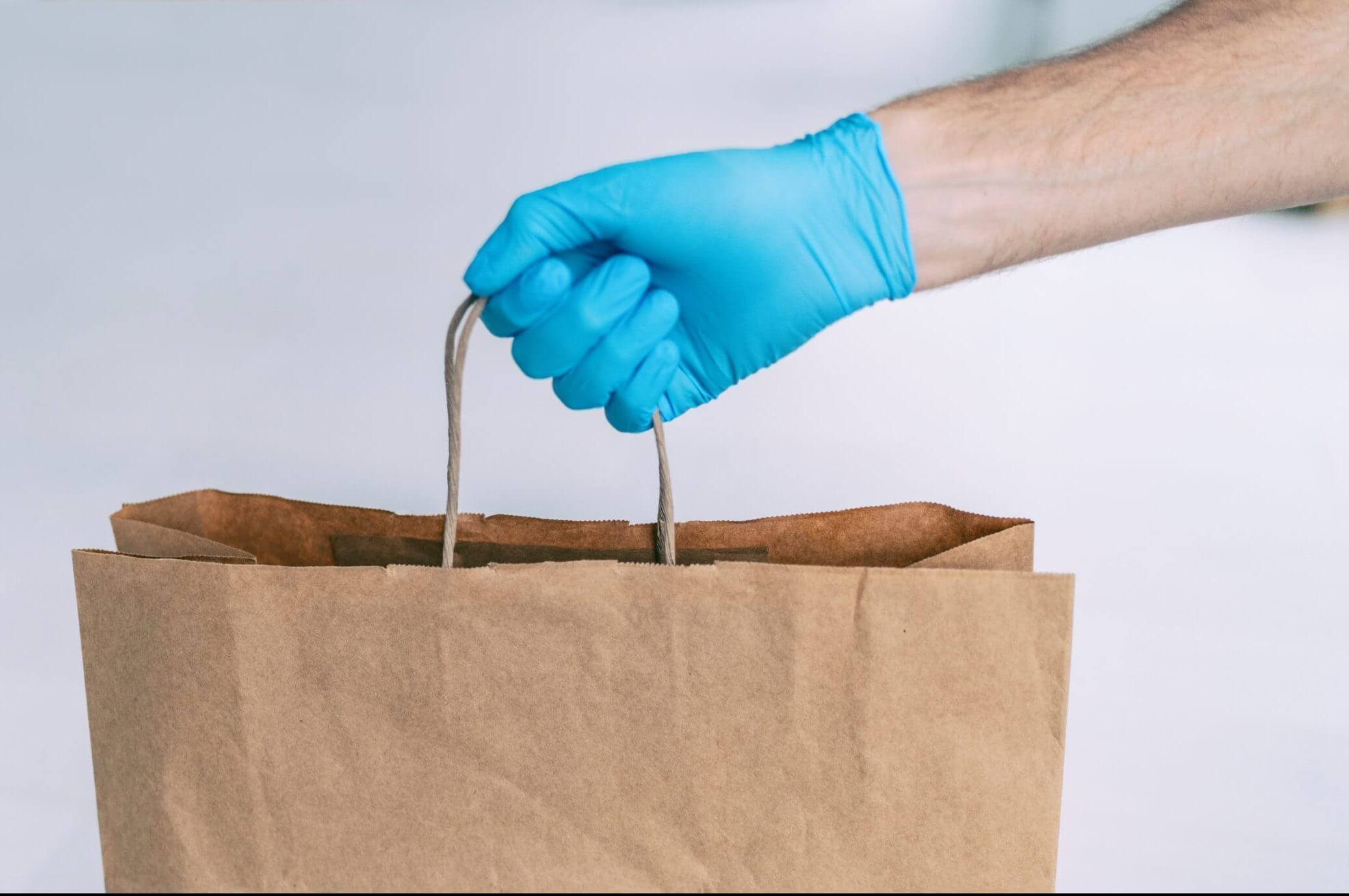5 Tips to Avoid Cross-Contamination at Your Restaurant

Restaurant food safety should always be a top priority for any commercial kitchen, especially during a global pandemic. Pathogens can be spread from raw foods or unwashed hands to prepared meals, prep areas, utensils, and equipment. This is known as cross-contamination and when this happens, a food-borne illness outbreak can occur. While this may seem difficult to prevent, avoiding cross-contamination is easy if you follow a few simple steps. The experts at Berk International are sharing why it is important to avoid cross-contamination and how to do so in your kitchen.
What Is Cross-Contamination?
Cross-contamination is the unintentional transfer of bacteria or other microorganisms from one substance to another that can result in a harmful effect. The CDC estimates that over 48 million people get sick every year because of food-borne diseases from cross-contamination. This is one of the biggest issues commercial kitchens face. So how can you prevent cross-contamination in your kitchen? Below, we’re outlining 5 smart tips to enact today to keep you, your employees, and your guests safe.
Implement a Hygiene Program
Contaminants can linger on an employee’s hands and clothing for up to 24 hours. To lessen the possibility of this happening, try implementing a personal hygiene program for your employees to keep. Your program can focus on proper hygiene habits like:
- Critical handwashing techniques.
- Apron, headwear, and disposable glove usage.
- Coming to work healthy to reduce the spread of illness.
Use Separate Equipment
Your equipment can be an easy place for cross-contamination to occur. An easy practice your commercial kitchen can adopt to prevent this from happening is using separate equipment and cleaning between each use. If allowable, try using a separate set of cutting boards, utensils, and food containers for raw meats and another set for fruits and vegetables. Incorporating colored equipment into your kitchen is an easy way to differentiate between what is used for each food type. If this system isn’t possible, ensure you and your staff are:
- Always cleaning each piece of equipment and surface before preparing any type of food.
- Sanitizing between uses.
- Keeping equipment separate from food storage areas once cleaned and sanitized.
Clean and Sanitize All Work Surfaces
One of the best ways you can prevent cross-contamination in your operation is by keeping a cleaned and sanitized kitchen. All work surfaces, along with your equipment, should be cleaned and sanitized after each use. Bulk cleaning solutions and products that you should always have on hand include:
- FDA approved surface sanitizers and disinfecting chemicals
- Employee hand sanitizer
- Glass and dishware sanitizer
- Product labels
- Disposable food thermometers
- Well-sealed, sturdy food storage containers
Monitor Temperatures
Another important step in combating cross-contamination is ensuring all food temperatures are monitored. You can accomplish this by introducing a food temperature log into your operations. It’s important to train your employees on safe temperatures to reduce the risk of breeding harmful bacteria. When certain foods, such as meat, poultry, or fish, dip below certain temperatures, they can become harmful if consumed. Disposable food thermometers along with your food temperature log can guarantee you are never mixing food that isn’t at the proper temperature.
Practice Proper Food Storage
Food storage plays a critical role in preventing cross-contamination. Proper food storage techniques can help limit contaminants from easily spreading from one food to another. When organizing your commercial refrigerator and food storage areas, where and how the food is stored is incredibly important. Follow these guidelines for safely storing food:
- Raw meats and dairy should be stored on the bottom shelf in sturdy, food storage containers to prevent contact with other foods. Meat, poultry, and seafood can also be sealed in plastic bags to prevent juices from dripping or leaking.
- Ready-to-eat foods should be placed on the top shelves and never next to or on the same shelf as meats.
- If space allows, store meats and dairy in separate refrigeration units from your produce and ready-to-eat items.
- Meats should be placed in the freezer if not being consumed within a few days.
Sharing why it is important to avoid cross-contamination in your kitchen can be the difference in the health and safety of your guests and an outbreak at your establishment. At Berk International, we make it easy to keep a cleaned and sanitized commercial kitchen with our intelligent wiping solutions. Contact us today to see how we can help you.



